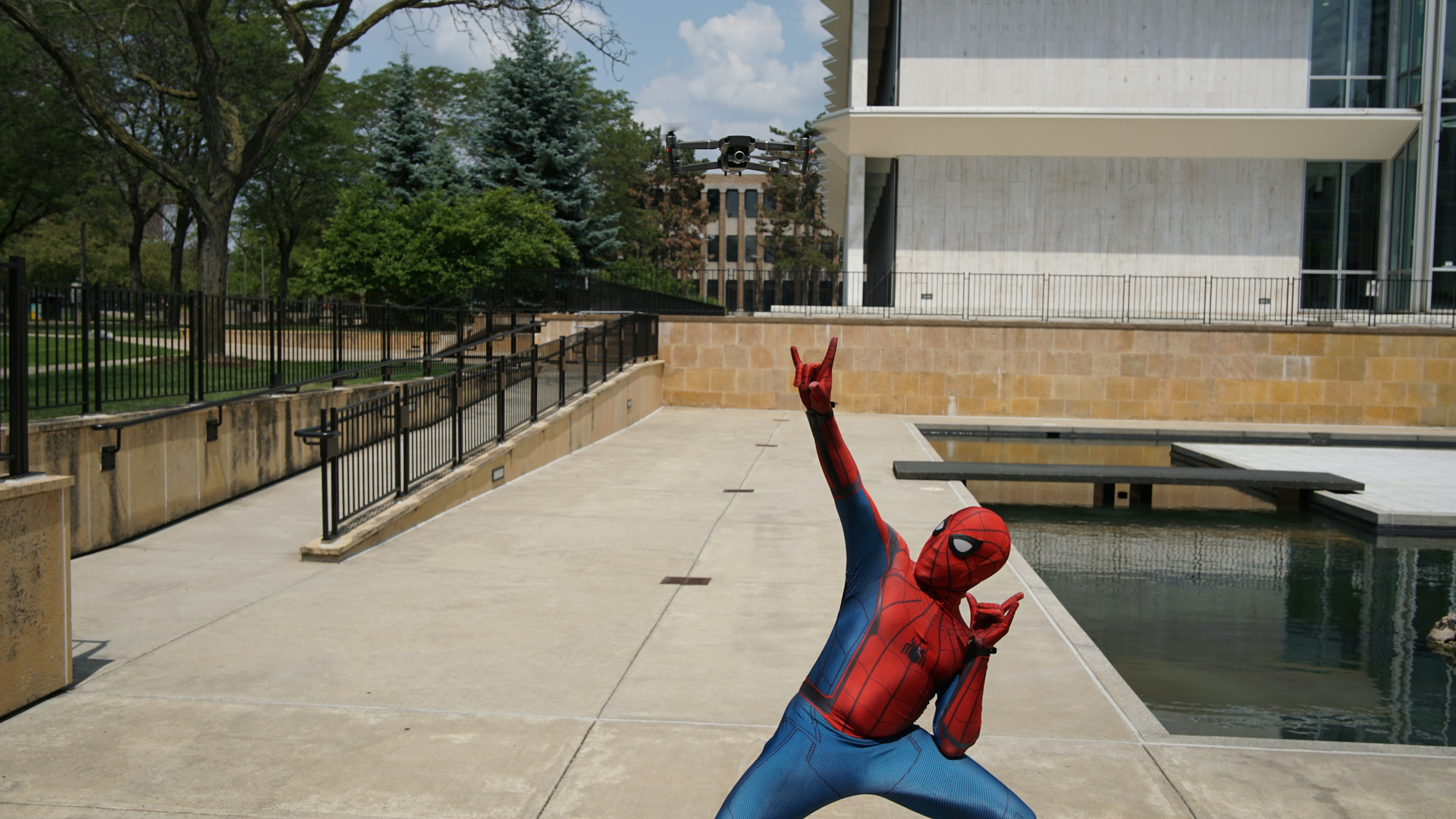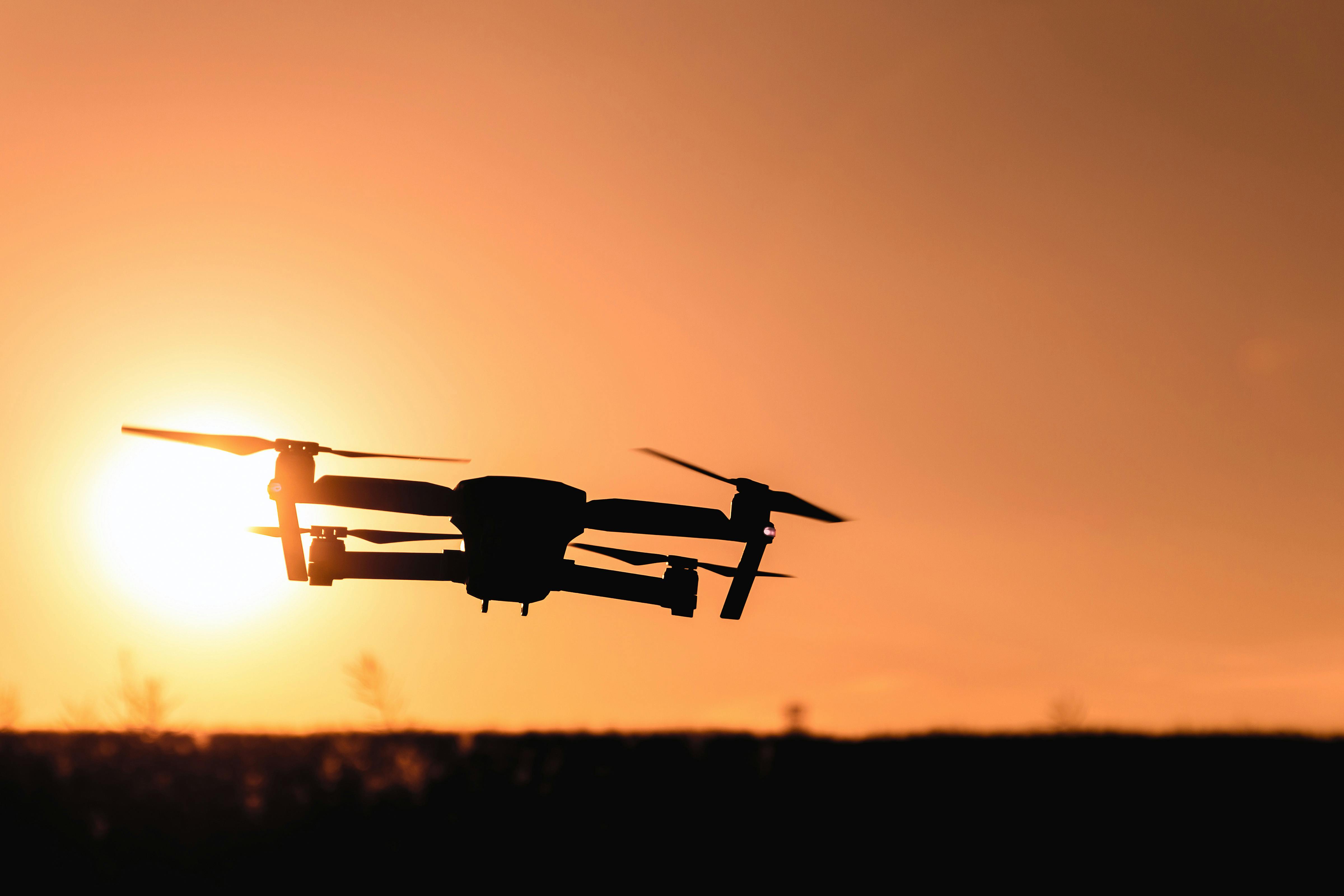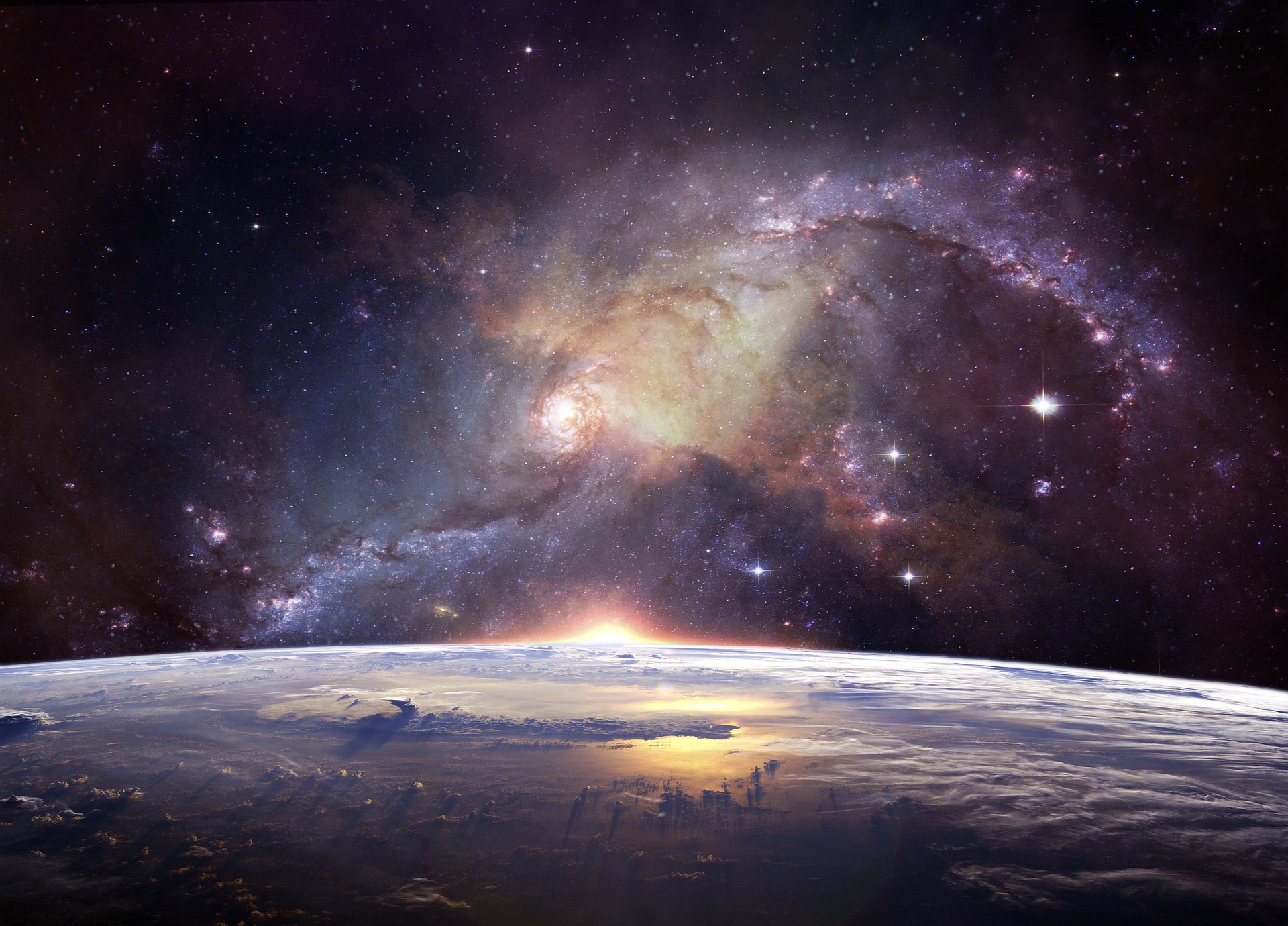Growth and Mastery: The New Age of Digital Artistry
Digital art, the marriage of technology and creativity, is a relatively new player in the world of art. It has quickly become a major force, transforming the landscape of creative expression and redefining the boundaries of art. This article explores the evolution of digital art, its current trends, and its impact on the arts and entertainment industry.
The Dawn of Digital Art: A Brief History
Digital art can trace its roots back to the 1960s. Pioneers like Michael Noll and Frieder Nake began experimenting with computer algorithms to create visual designs, birthing the first wave of digital art. Over the decades, as technology advanced, so too did this art form. In the 1980s, with the advent of personal computers, digital art became more accessible, leading to a surge in its popularity and acceptance.
The Digital Art of Today: Current Trends
Today, digital art has evolved far beyond its humble beginnings. The rise of social media platforms, like Instagram, has given digital artists a vast platform to showcase their work. NFTs (Non-Fungible Tokens) are revolutionizing the way digital art is bought and sold, creating a new marketplace that embraces this modern medium. Artists like Beeple, whose artwork sold for a staggering $69 million, are setting records and creating new standards in the digital art world.
Impact and Significance: How Digital Art is Changing the Game
The impact of digital art on the arts and entertainment industry is profound. It’s not just about creating beautiful images on a screen; it’s about challenging the traditional norms of art and opening up new possibilities for artistic expression. Digital art is democratizing the art world, making it accessible to anyone with a computer and an idea. Furthermore, it’s influencing other industries, such as film and music, with digital visual effects and graphic design becoming integral parts of these sectors.
The Reception of Digital Art: Embracing the Future
In the beginning, digital art was met with skepticism and criticism from purists who believed that true art could only be created with traditional tools. Over time, however, the perception has shifted. Today, digital art is celebrated and embraced by art enthusiasts and critics alike. It’s viewed as a legitimate and innovative form of art that is here to stay.
The Future of Digital Art: An Uncharted Territory
The future of digital art is promising and exciting. As technology continues to advance, artists will have even more tools at their disposal to push the boundaries of creativity. Virtual Reality (VR), Augmented Reality (AR), and Artificial Intelligence (AI) are just a few of the technologies that will shape the future of digital art.
Digital art has come a long way since its inception. It has grown from a niche, experimental art form into a major player in the arts and entertainment industry. As we move forward into the digital age, it’s clear that digital art will continue to evolve and inspire, paving the way for future artists and shaping the world of art as we know it.






